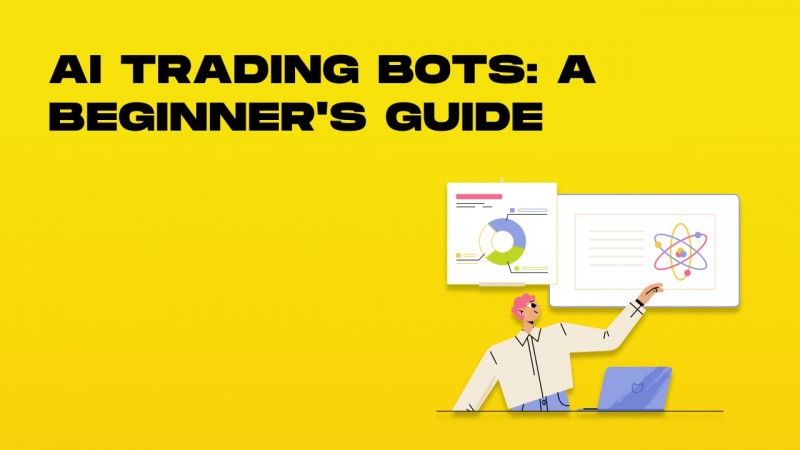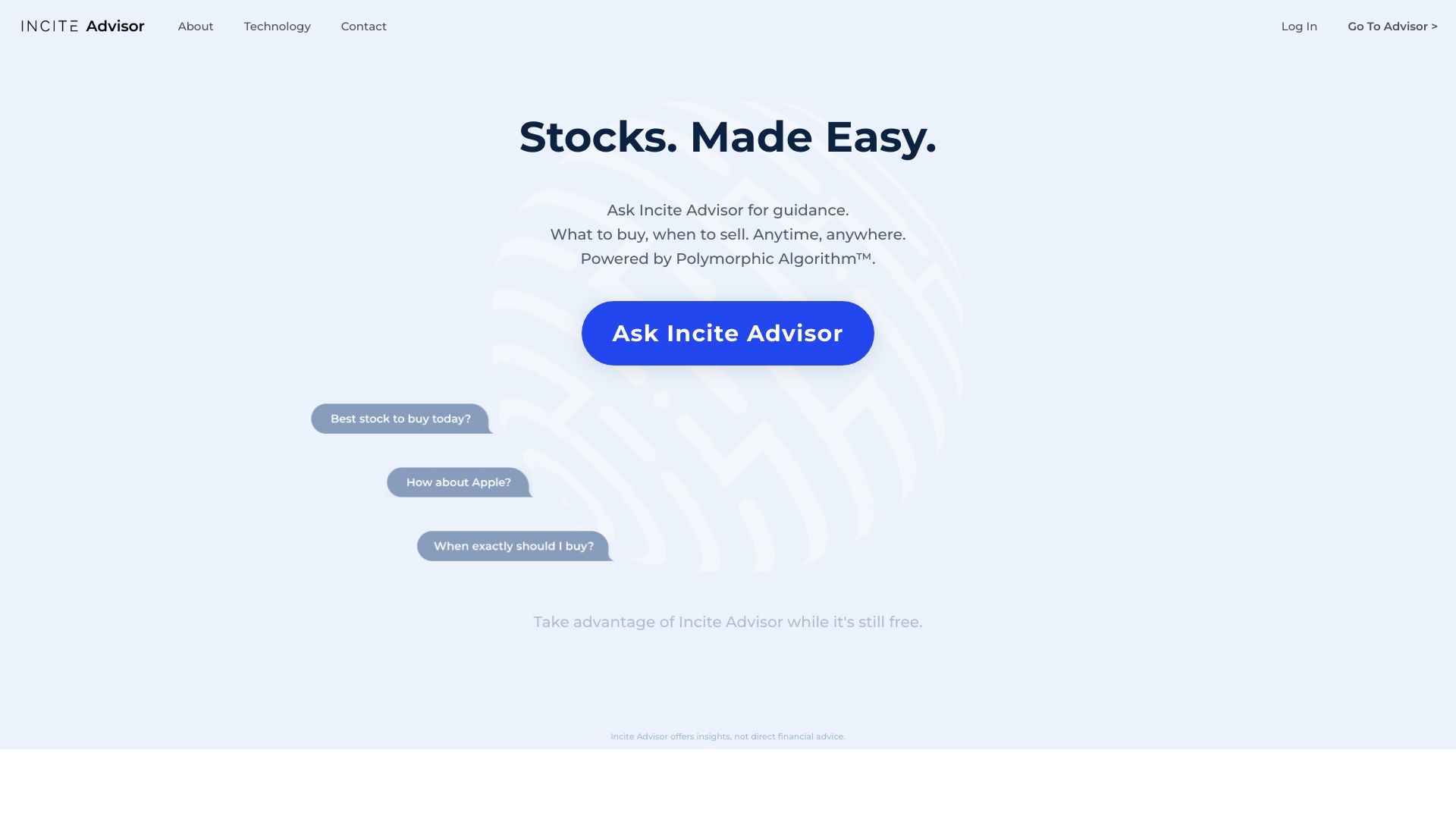Top 10 Tips For Evaluating The Market Coverage Of Ai Stock Predicting/Analyzing Trading Platforms
Market coverage plays a significant aspect in evaluating an AI stock-Predicting/Analyzing trading platform because it will determine your ability to access a vast array of financial markets. A platform with comprehensive market coverage allows you to diversify your portfolio, discover new opportunities around the world, and adjust to different trading strategies. These are the top 10 tips for evaluating the market coverage provided by these platforms.
1. Evaluate Supported Asset Classes
Stocks: Make sure that the platform contains stocks from all major stock exchanges, including NYSE, NASDAQ and LSE.
ETFs: Verify that the platform provides an array of ETFs to offer diversified exposure across different topics, sectors, and regions.
Options and Futures: Determine whether the platform allows derivatives such as options, futures and other leveraged products.
Forex and commodities: See whether your website offers Forex and commodities, precious metals, and energy commodities.
Cryptocurrencies: Check if the platform supports major cryptocurrencies (e.g., Bitcoin, Ethereum) and altcoins.
2. Check for Geographic Coverage
Global markets - Ensure that the platform can to cover all major markets around the world including North America (including Canada), Europe, Asia-Pacific markets, and emerging ones.
Regional focus: Find out whether your platform has a specific market or market that matches with your trading needs.
Local exchanges - Check to see if there are local or regional exchanges available in relation to your location and strategy.
3. Delayed Data vs. Delayed Data
Real-time data: Ensure that the platform has real-time data to trade, and for making timely decisions.
Data that has been delayed: Check if delayed data are available at no cost or discounted prices, which could suffice for investors with a long-term view.
Data latency. Examine if your platform minimizes the latency of real-time data feeds.
4. Examine the historical availability of data
In depth and breadth of data from the past: Ensure that the platform has extensive historical data (e.g. for at minimum 10 years) to allow backtesting.
Check the granularity of data from the past.
Corporate actions - Check historical data to ensure that it covers stock splits, dividends, in addition to other corporate activities.
5. Check the Market Depth and Place an Order Books
For better price discovery make sure that the platform includes Level 2 data.
Check to see if your platform is showing real-time price spreads.
Volume data: Ensure that the platform has comprehensive volume data to analyze market liquidity.
6. Examine Coverage for Indices and Sectors
Major indices - Make sure your platform works with the major indices like S&P 500 and FTSE 100 for benchmarking.
Information from specific industries for specific analysis, verify whether the platform contains data from specific sectors (e.g. health care, technology).
Custom indices. Make sure the platform is able to track or create customized indices that meet your needs.
7. Test the Integration of News and Sentiment Data
News feeds: Ensure that the platform incorporates real-time feeds of news from reputable sources, such as Bloomberg and Reuters, for market-moving event.
Utilize the tool's sentiment analysis using information from social media, news or any other source.
Event-driven strategies: Verify if the platform supports the use of event-driven trading strategies (e.g., earnings announcements, economic reports).
8. Make sure you are aware of the Multimarket Trading Capabilities.
Cross-market trading : Ensure that the platform allows trading on multiple asset classes, markets and exchanges through a single interface.
Currency conversion: Check if your platform allows multi-currency trading and automatic currency conversion.
Support for time zones of different times It is important to ensure that your platform is able to trade on global markets in different time zones.
9. Review Alternative Data Sources
Alternative data: Determine whether the platform incorporates other data sources (e.g. satellite imagery, internet traffic, credit card transactions) for unique insight.
ESG Data: Check to see if there are any environmental, social, or governance (ESG data) included in the platform for investing socially responsible.
Macroeconomic data - Ensure that the platform is equipped with macroeconomic data (e.g. GDP, inflation) for fundamental analysis.
Review the User Feedback and Market Reputation
User reviews: Examine user feedback in order to assess the platform's market coverage, reliability, and usability.
Find out the reputation of the platform, in terms of its coverage or awards for industry.
Case studies: Search for testimonials or case studies which highlight the platform's performance in particular markets or asset classes.
Bonus Tips
Trial period: Test the platform at no cost to test how it covers markets and what information is available.
API access: Verify if the platform's API allows accessing market data programmatically to create custom analysis.
Customer support. Check that the platform can provide support in relation to data or market questions.
With these suggestions you can accurately assess the coverage of AI stock prediction/analyzing trading platform. You can then choose the trading platform that gives you the markets and the data you require for successful trades. A broad market coverage can let you diversify, discover options, and tailor your portfolio in response to market conditions. Check out the top ai chart analysis for site tips including ai for stock predictions, ai investing app, investing ai, best ai for trading, best ai trading app, ai investment platform, AI stock trading bot free, ai for stock trading, trading with ai, AI stock and more.

Top 10 Tips To Evaluate The Updates And Maintenance Of AI stock Predicting/Analyzing Trading Platforms
It is crucial to evaluate the updates and maintenance practices of AI-driven trading and stock prediction platforms. This will help ensure that they're secure and up-to-date with evolving market conditions. Here are 10 guidelines for evaluating the maintenance and update procedures:
1. Updates Frequency
Tip: Find out how often your platform is updated (e.g. quarterly, monthly weekly, quarterly).
Why are updates frequent? They indicate the development of a proactive approach and sensitivity to market changes.
2. Transparency in Release Notes
Check out the release notes for the platform to see what improvements or changes are taking place.
Why: Transparent Release Notes show the platform's dedication to continual improvement.
3. AI Model Retraining Schedule
Ask the AI model what frequency it is trained.
Why: As markets change and models change, they must adapt in order to remain accurate and relevant.
4. Bug Corrections and Issue Resolution
Tips: Find out how quickly the platform responds to bugs or issues that users submit.
The reason The reason is that bug fixes are implemented promptly in order to ensure that the platform remains stable and reliable.
5. Updates to Security
Tips: Make sure that the platform is updating its security protocols on a regular basis to protect data of traders and users.
The reason: Cybersecurity on financial platforms is vital to stop fraud and security breaches.
6. Integration of New Features
Go through the platform to determine if it has added new features that are based on user or market feedback (e.g. improved analytics).
The reason: Feature updates show creativity and responsiveness to the needs of users.
7. Backward Compatibility
Tips: Ensure that the upgrades you install don't require a major reconfiguration or interfere with the functionality of your current system.
Why: The backward compatibility of the software assures smooth transitions.
8. User Communication during Maintenance
Tip: Find out how users are informed of planned maintenance or downtime.
What is the reason: Clear communication can minimize interruptions and increase trust.
9. Performance Monitoring and Optimization
Tip: Make sure your platform is monitoring and optimizing the performance of your system (e.g. accuracy, latency).
Reason: Continuous platform optimization ensures that it is functional and expandable.
10. Conformity with Regulation Changes
Check whether the platform's policies and features have been updated to conform to the latest financial regulations or data privacy laws.
Why: It is important to comply with regulations in order to avoid legal risk and keep the trust of users.
Bonus Tip User Feedback Integration
Check whether the platform incorporates active feedback from its users in its upkeep and updates procedures. This shows that the platform is focusing on customer feedback to improvement.
You can evaluate these aspects to ensure you're choosing a platform for AI prediction of stocks and trading that is up to date, well-maintained and able to adapt to the dynamic changes in the market. View the top ai options trading blog for site info including chart ai trading, ai copyright signals, best AI stocks, AI stock trader, ai software stocks, can ai predict stock market, invest ai, ai trading tool, best AI stocks, investing with ai and more.

Comments on “20 Excellent Pieces Of Advice For Choosing AI Stock Picking Platforms”